We all know that Kanji is hard... but one question that is actually debatable is... "Which one has the most strokes?
Well... it depends on how inclusive you want to be.
Here are our best guesses:
First Answer
If we look at only the Joyo kanji, the 1945 kanji approved for daily use by the Ministry of Education in 1981, then the answer is kan/ken, which is written with 23 strokes. It means 'example,' 'paragon,' or 'model' and appears in the word inkan (印鑑), which means personal seal.
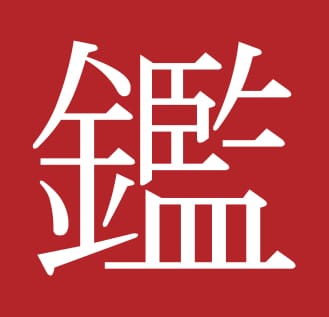
Second Answer
If we include kanji that are approved for use in names, the kanji chou has 25 strokes. This is the archaic form of the word that means government office (庁).
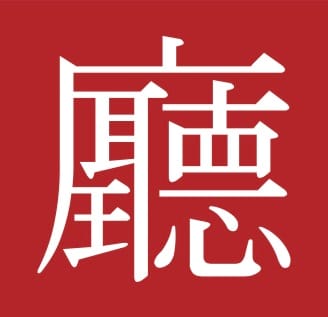
Third Answer
JIS stands for 'Japan Industrial Standard' and refers to the kanji that pre-computer word processors could produce. The kanji ran is a mythical bird and is most often seen in the name of a famous Japanese monk named 親鸞 (Shinran). The second, 'hyou,' means many horses. Both of these kanji have 30 strokes.
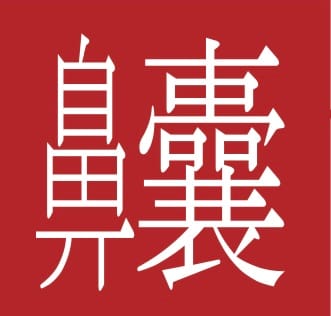
Fourth Answer
If we start looking through kanji dictionaries, we find some really complicated kanji. Shougakkan's Shinsen Kanwa Jiten has nou, a 36-stroke monster that means 'stuffy nose.' Kodansha's Shin Dai Jiten includes the very impressive (tou), which means 'the dragon goes.'
And the most strokes?
However, the two absolute longest kanji you'll find in a dictionary are 'tetsu'/ 'techi', which means 'verbose,' and 'sei,' whose meaning is unknown.
Both of these kanji have 64 strokes each. These are probably the best answers to the question, even though they're not used in Japan.
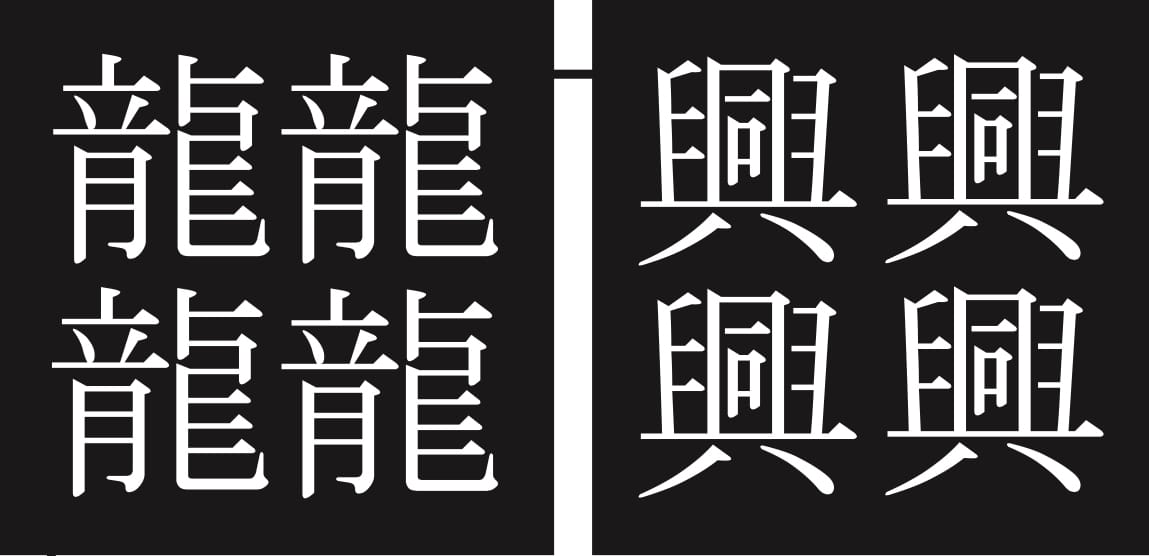

Nagoya Buzz
Events, local info, and humor for the international community of Nagoya, Japan.
Follow Nagoya Buzz :

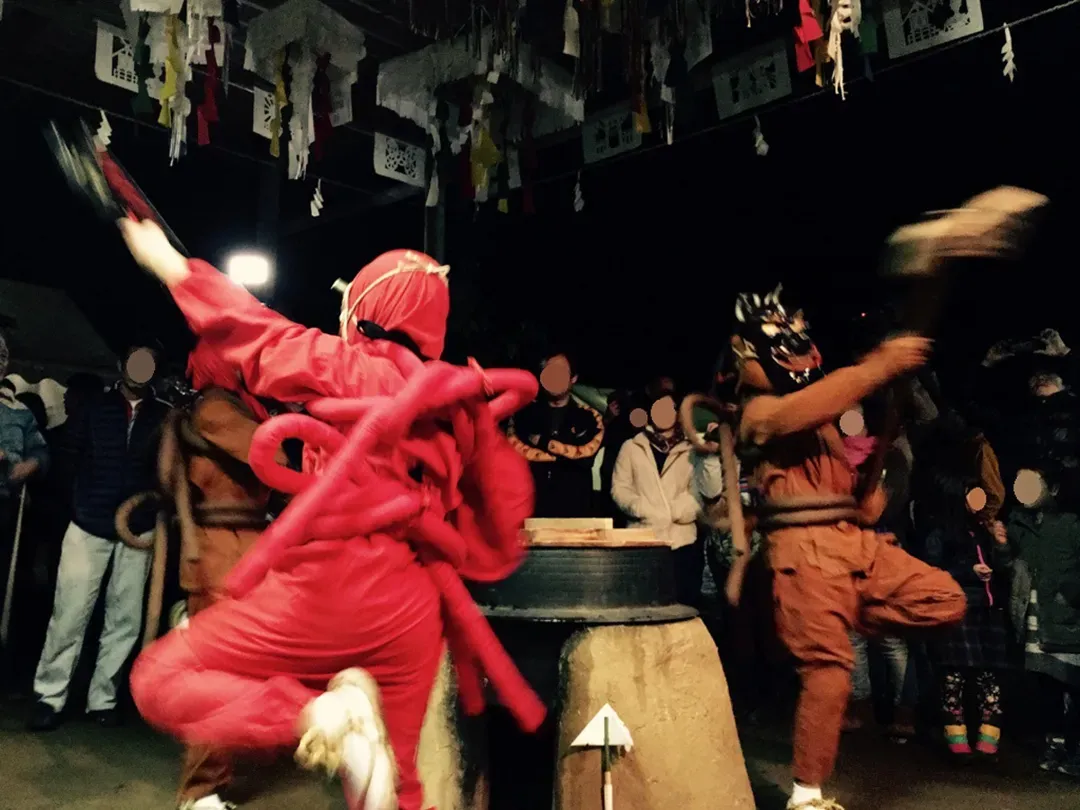
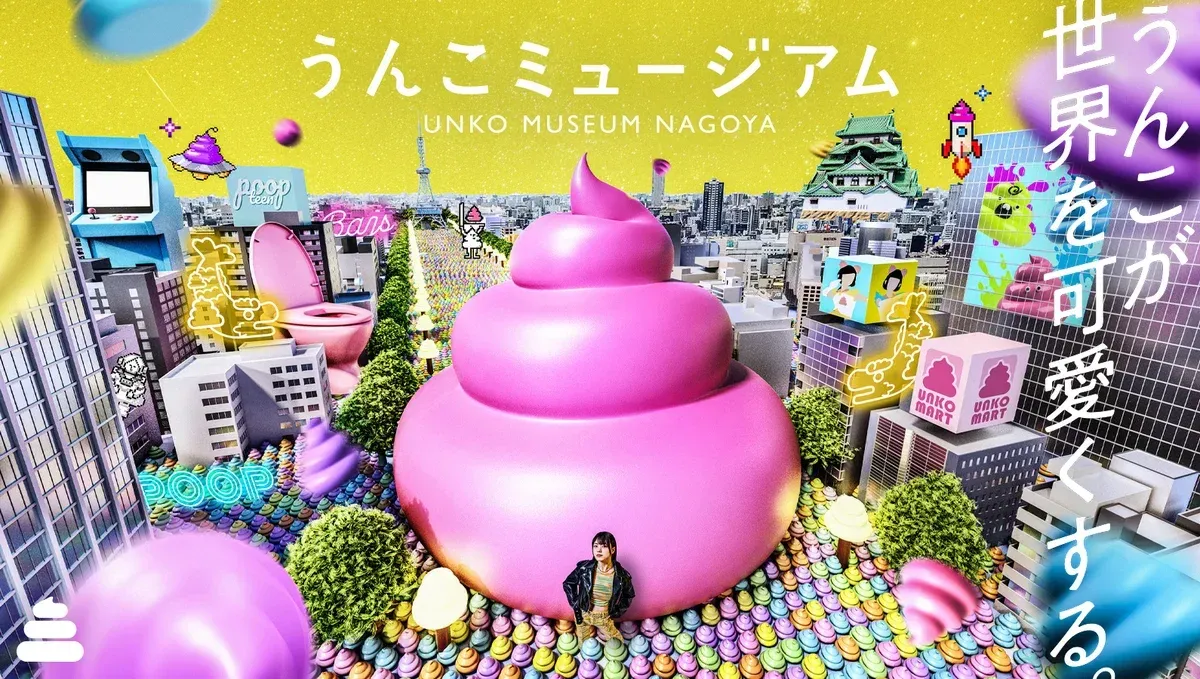
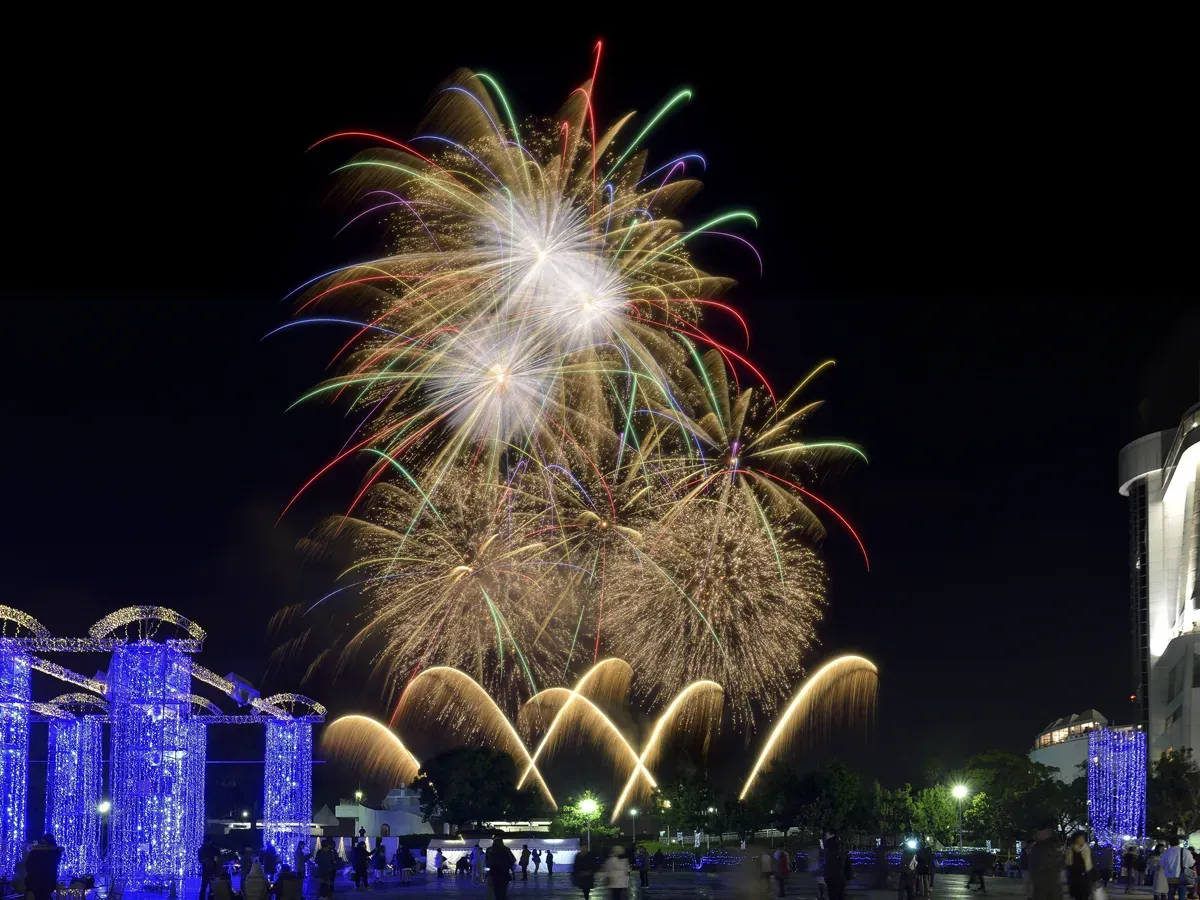
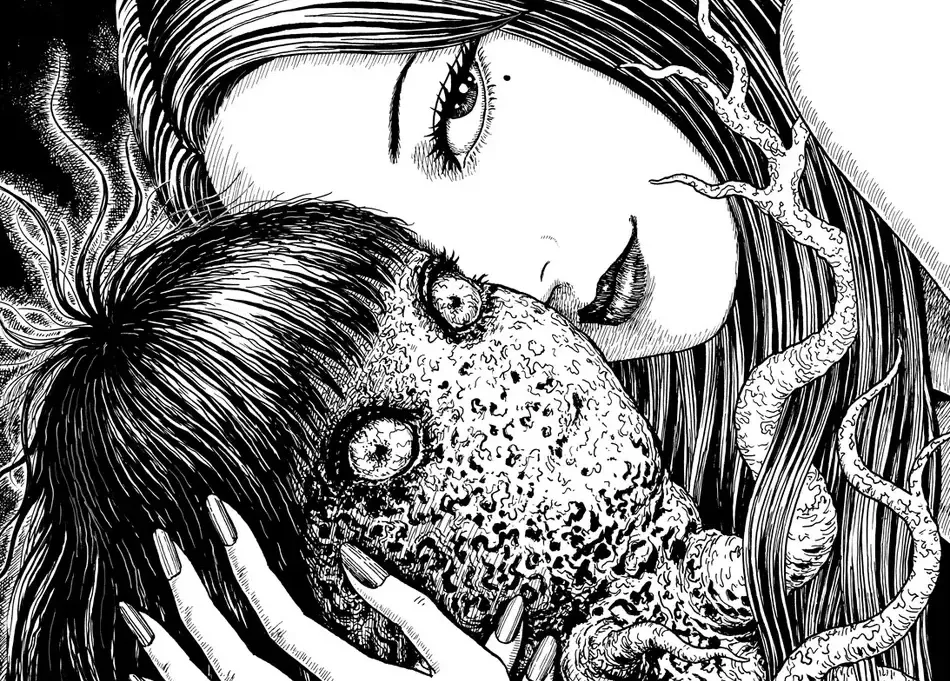
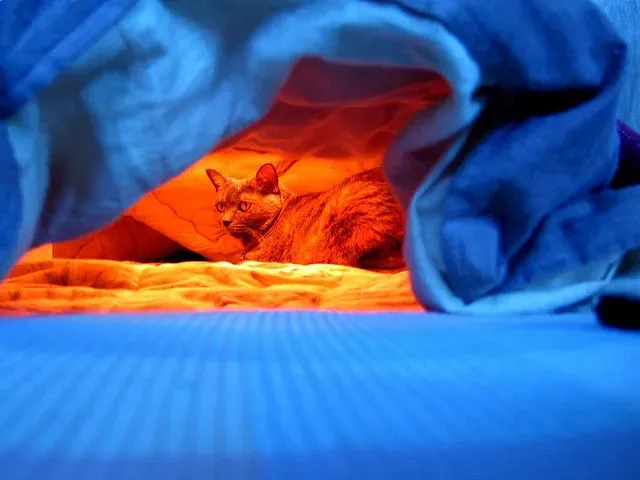
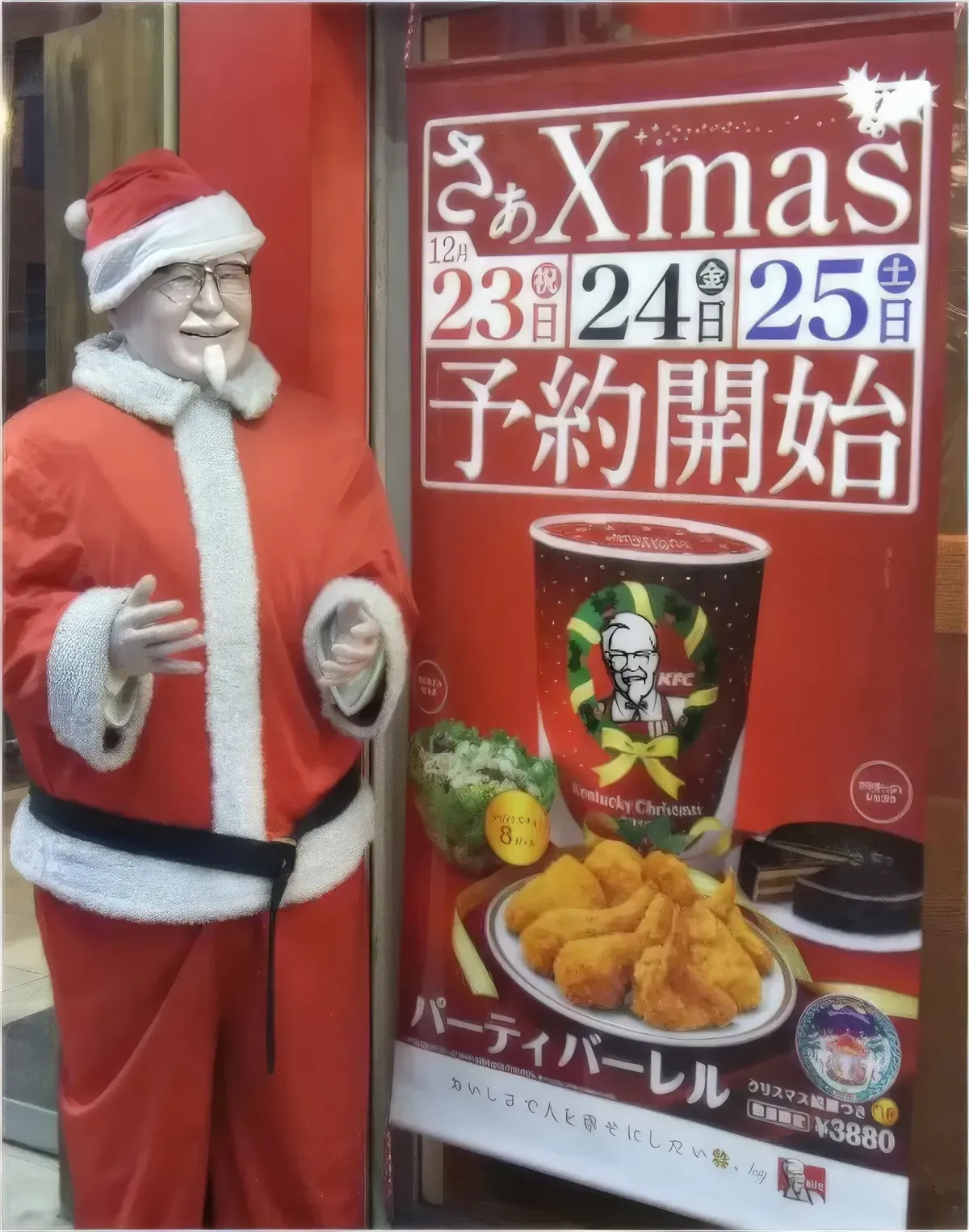
Leave a Comment